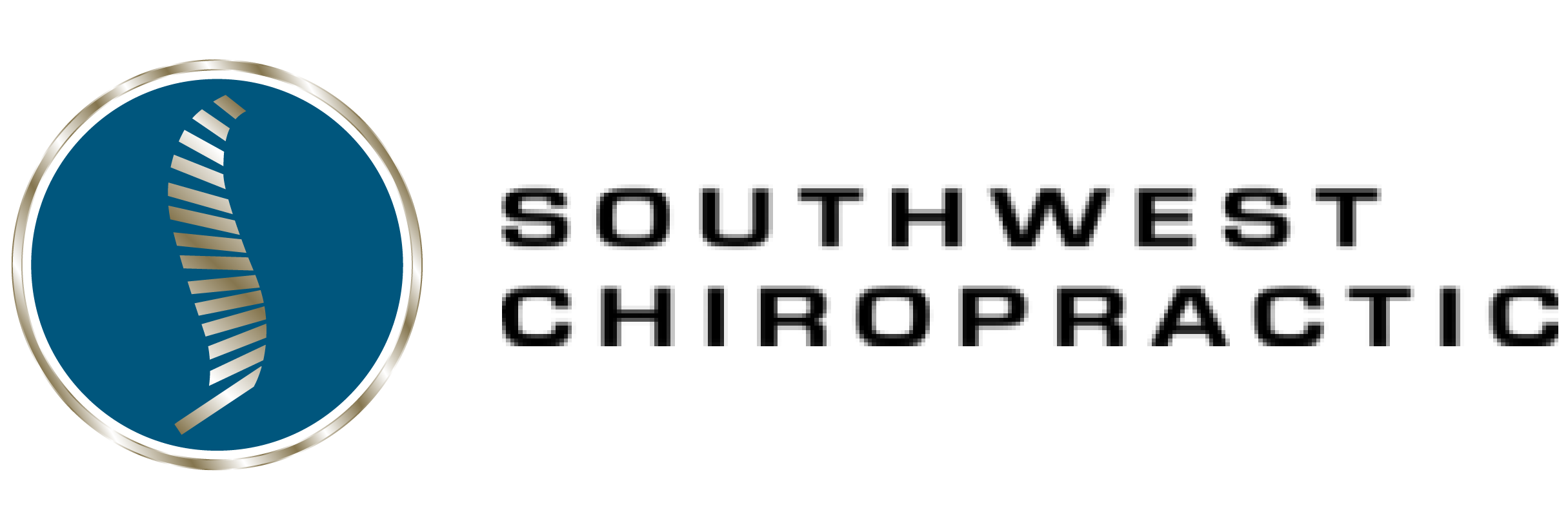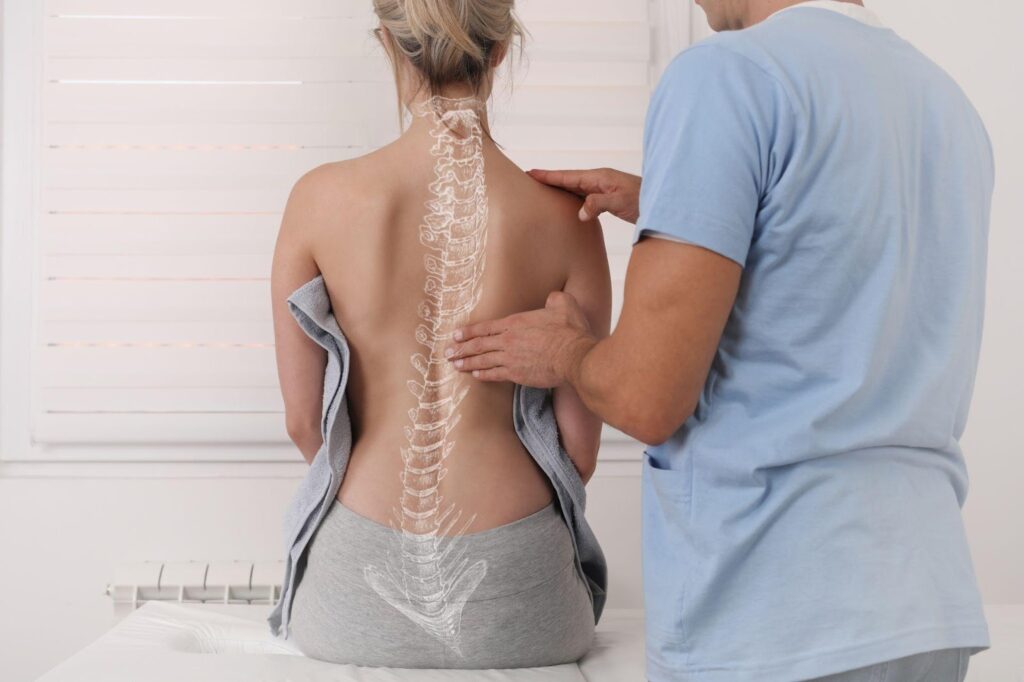Back problems can significantly interfere with a person’s health. Chronic back pain is among patients’ most common complaints to doctors and physicians. About 16 million adults experience some type of persistent back pain.
While back pain can have several causes—from injury to trauma, to genetic diseases— one cause of back pain or back problems is scoliosis. This is a commonly experienced condition and refers to a curvature of the spine.
So what causes this condition and how can your chiropractor help alleviate the symptoms?
Let’s take a closer look.
A Brief Review of Scoliosis and Its Definition
Scoliosis refers to people that have a curved spine. It is detected with X-ray imagery, as the X-ray reveals the shift and curves of the spinal discs. The earlier the condition is detected, the more successful any treatment and interventions might be. For most people, this is diagnosed in early childhood or adolescence, but there are cases of adult scoliosis.
The normal position of the spine is there to maintain balance and posture. A normal spine does have some curvature but they are front-to-back curves between the neck and pelvis. The natural curves of the spine put the head directly above the pelvis as a way to help with mechanical stress as the body moves, walks, jumps, and more. It’s like natural shock absorption. A person with scoliosis has a curvature (on the left or the right) of the spine that measures ten degrees or more on an X-ray.
As defined by the American Association of Neurological Surgeons scoliosis is a three-dimensional problem, which means it is distributed among three different planes of the body:
- Coronal plane
- Sagittal plane
- Axial plane
What Causes Scoliosis?
According to John Hopkins, the cause of this spinal deformity is unknown in more than 80 percent of the cases. This will often be referred to as idiopathic scoliosis. The curvature of the spine can often be caused by degeneration of the spinal discs due to conditions such as osteoporosis, arthritis, or hereditary conditions.
There are different types of scoliosis determined by when the condition was first assessed.
Congenital Scoliosis: This type of scoliosis is diagnosed in early childhood. Children diagnosed with this condition are monitored carefully as they grow to see if the curvature gets worse or becomes problematic enough to require surgery.
Idiopathic Scoliosis: This type of scoliosis is most commonly detected during the onset of adolescence or around age 10. The direct cause of this type of scoliosis is now yet known.
Neuromuscular Scoliosis: This type of scoliosis develops as a consequence of neurological or muscular diseases. For example, people with cerebral palsy, muscular dystrophy, spinal muscular atrophy, may also experience the curvature of the spine as a secondary condition.

How Can a Chiropractor Help Patients with Scoliosis?
Millions of Americans suffer from some degree of scoliosis. Many will seek treatment for it, but for most people, surgery may not be recommended. Non-invasive therapies such as manual therapies and chiropractic interventions can be helpful.
Here’s what you need to know.
Chiropractors are experts of the spine and spend their time helping patients whose issues, pain, discomfort stems from some kind of spinal injury, imbalance, or deficiency. By understanding how the musculoskeletal system depends on the spinal cord for movement and stability, a chiropractor can work with a person to even out imbalances, release tension, and relieve pain.
A recent study showed that people suffering from adult scoliosis benefited after receiving chiropractic intervention. According to the study, at the end of the active treatment, improvements were recorded in the angle of curvature, pain scores, spirometry, and disability rating.
To help a person with scoliosis, a chiropractor will:
- Conduct a thorough examination where they assess your condition and the severity
- Get to know your personal history, medical history, or review any X-Rays or other imagery you may have
- When delving into your health history, your chiropractor will help identify any life factors that may be contributing to the worsening of the conditions
- A chiropractor will perform manual therapies to help ease tension
- Recommend core exercises and other strength movements to help support joints
- Provide options on staying active without exacerbating the condition or worsening symptoms
- A chiropractor can also recommend bracing or other treatments that can slow the progression of the condition
Looking to Relieve Your Scoliosis Pain with Non-Invasive Treatments? Consider Chiropractic Care
At Southwest Chiropractic, we aim to provide assistance to patients suffering from back pain regardless of origin. If you experience persistent back pain, this can take a toll on your quality of life and your day-to-day activities. For people with scoliosis, daily movement can become a problem, and we want to help.
If you suffer from scoliosis and are looking for some relief, call Southwest Chiropractic and ask about our treatment options.


